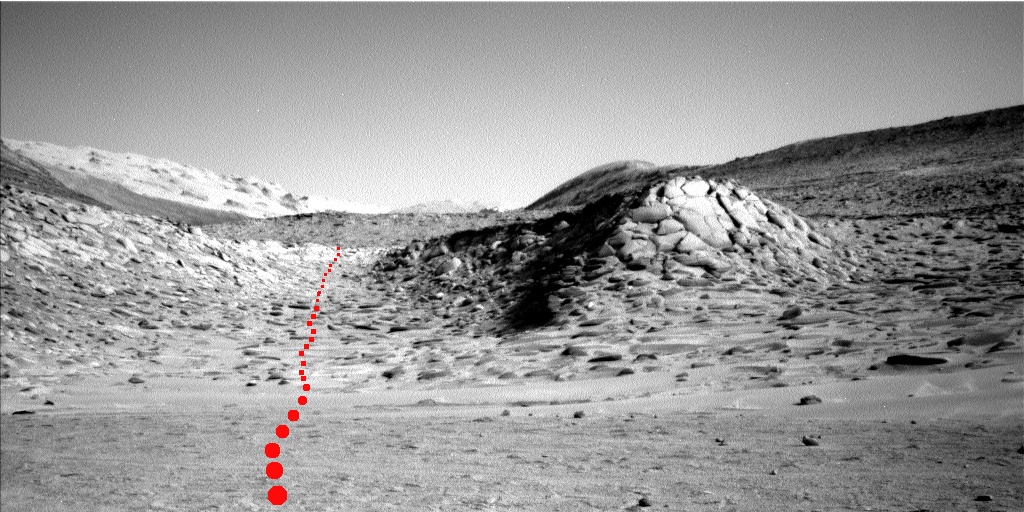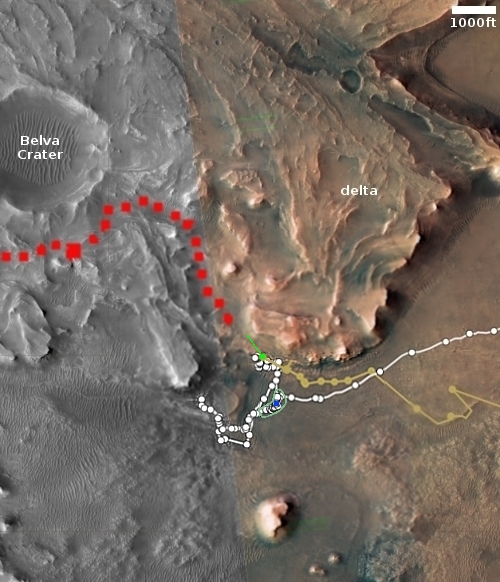China to build space ground stations in Antarctica
According to a report on China’s state-run press that has now been deleted, China plans to build satellite ground stations in Antarctica for use by its ocean-observation satellites.
Official space industry newspaper China Space News reported Feb. 2 that a subsidiary of the China Aerospace Science and Industry Corporation (CASIC), a giant state-owned defense and space contractor, won a bid to construct a ocean observation satellite ground system. The project is being overseen by the National Satellite Ocean Application Service (NSOAS) and is stated to be part of a long-term marine economic development plan.
Renders of the 43.95 million yuan ($6.52 million) project show four radome-covered antennas at Zhongshan in East Antarctica. It is unknown if these are new and additional to antennas already established at the base. The antennas will assist data acquisition from Chinese satellites that orbit in polar and near-polar orbits. Satellites in these orbits are visible near the poles multiple times a day, allowing more frequent opportunities for downlink than with stations at lower latitudes.
Such ground stations could of course do many other things, including aiding military satellite surveillance.
According to a report on China’s state-run press that has now been deleted, China plans to build satellite ground stations in Antarctica for use by its ocean-observation satellites.
Official space industry newspaper China Space News reported Feb. 2 that a subsidiary of the China Aerospace Science and Industry Corporation (CASIC), a giant state-owned defense and space contractor, won a bid to construct a ocean observation satellite ground system. The project is being overseen by the National Satellite Ocean Application Service (NSOAS) and is stated to be part of a long-term marine economic development plan.
Renders of the 43.95 million yuan ($6.52 million) project show four radome-covered antennas at Zhongshan in East Antarctica. It is unknown if these are new and additional to antennas already established at the base. The antennas will assist data acquisition from Chinese satellites that orbit in polar and near-polar orbits. Satellites in these orbits are visible near the poles multiple times a day, allowing more frequent opportunities for downlink than with stations at lower latitudes.
Such ground stations could of course do many other things, including aiding military satellite surveillance.














